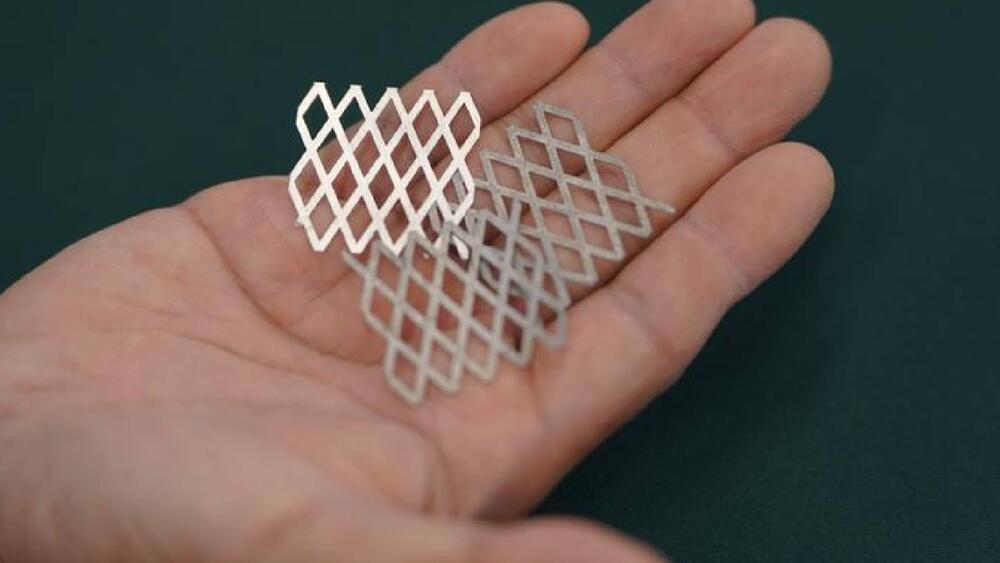Nov 19, 2023
New stainless steel boosts green hydrogen production from seawater
Posted by Gemechu Taye in category: materials
The material will reduce structural material costs by approximately 40 times.
The University of Hong Kong.
In terms of steam methane reforming, the material is used in the construction of reformers, heat exchangers, and other components of the process as it is particularly well-suited to withstand high temperatures and corrosive environments.
Continue reading “New stainless steel boosts green hydrogen production from seawater” »


















